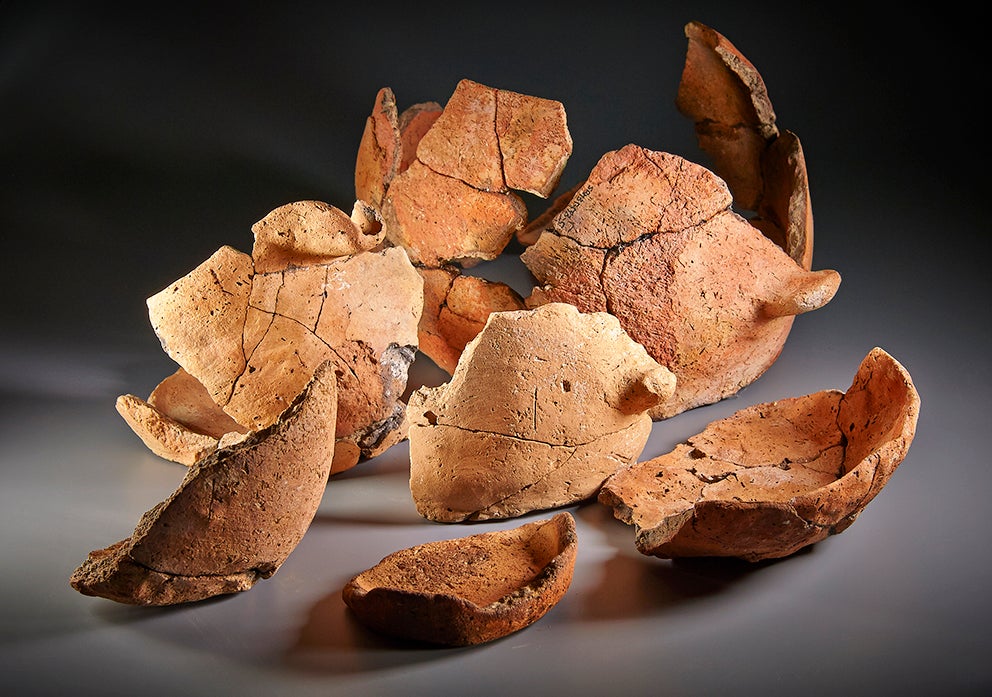Archaeologists have unearthed strange alien-looking statues with elongated heads from over 7,000 years ago in Kuwait, shedding more light on the origin and evolution of one of the oldest settlements in the Arabian peninsula.
The Bahra 1 site, where the statues were found, has been a focal point for research on ancient Stone Age societies in Arabia since 2009.
Excavations at the site have given insights into the Ubaid culture, which spread in its heyday from Mesopotamia to Anatolia and the Arabian peninsula.
A recent dig has uncovered several small but finely crafted clay heads.
They bear similarities to modern depictions of aliens with elongated skulls, slanting eyes and flat noses. These traits, researchers say, are characteristic of figurines from the Ubaid culture.
While similar clay heads have previously been found in Mesopotamia, the Bahra 1 discovery is the first such in the Gulf region, archaeologists from the University of Warsaw, who are part of the excavation, said in a statement.
“Its presence raises intriguing questions about its purpose and the symbolic, or possibly ritualistic, value it held for the people of this ancient community,” archaeologist Piotr Bieliński said.
The find also sheds more light on the scale and types of pottery produced in the region.
Two types of pottery were in use in the larger Arabian region. One was the Ubaid pottery imported from Mesopotamia and the second was a local pottery called Coarse Red Ware.

While the latter was known to have been produced locally in the Gulf region, its actual production locations remained unknown.
The Bahra 1 site, thanks to the latest dig, has yielded conclusive evidence in the form of unfired clay vessels of the production of Coarse Red Ware near modern-day Kuwait.
The latest dig further confirms Bahra 1 as the oldest known pottery production site in the Gulf region, archaeologists say.
Analysis of plant fragments added during the manufacture of some of the vessels may provide insights about the Arabian peninsula’s environmental history as well.

Such organic traces have been found embedded in the clay of both the Ubaid ware and the Coarse Red Ware.
Researchers hope that these fossil plant remains can help identify local flora from the mid-6th millennium BC.
“Early analyses have revealed traces of wild plants, particularly reed, within the locally produced pottery, while cultivated plant remains including cereals like barley and wheat have been found in the imported Ubaid ware,” archaeologist Roman Hovsepyan said.







